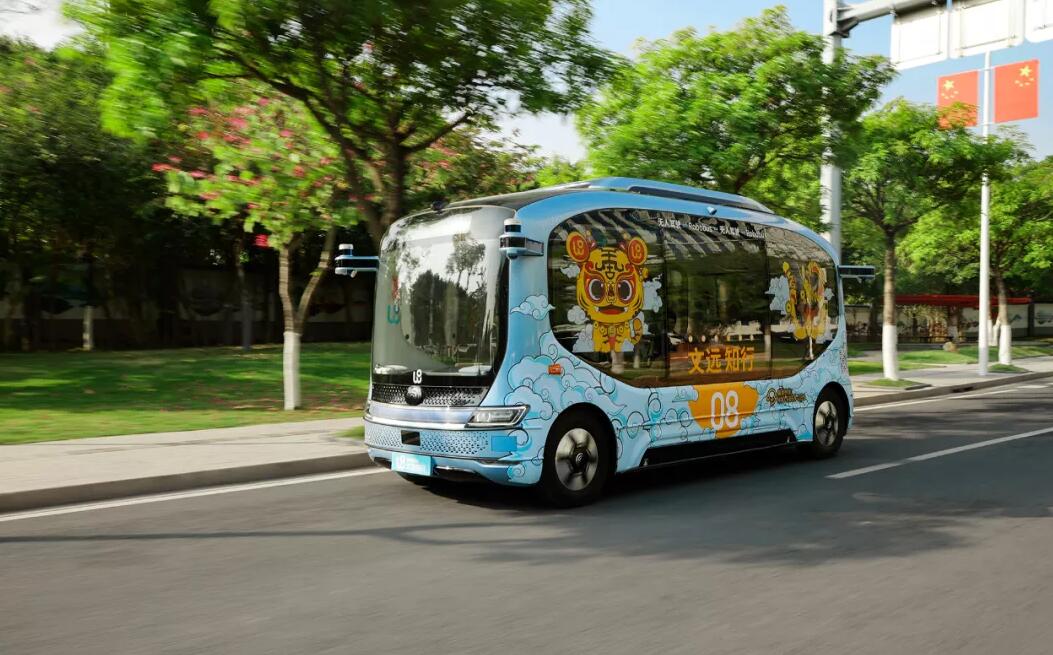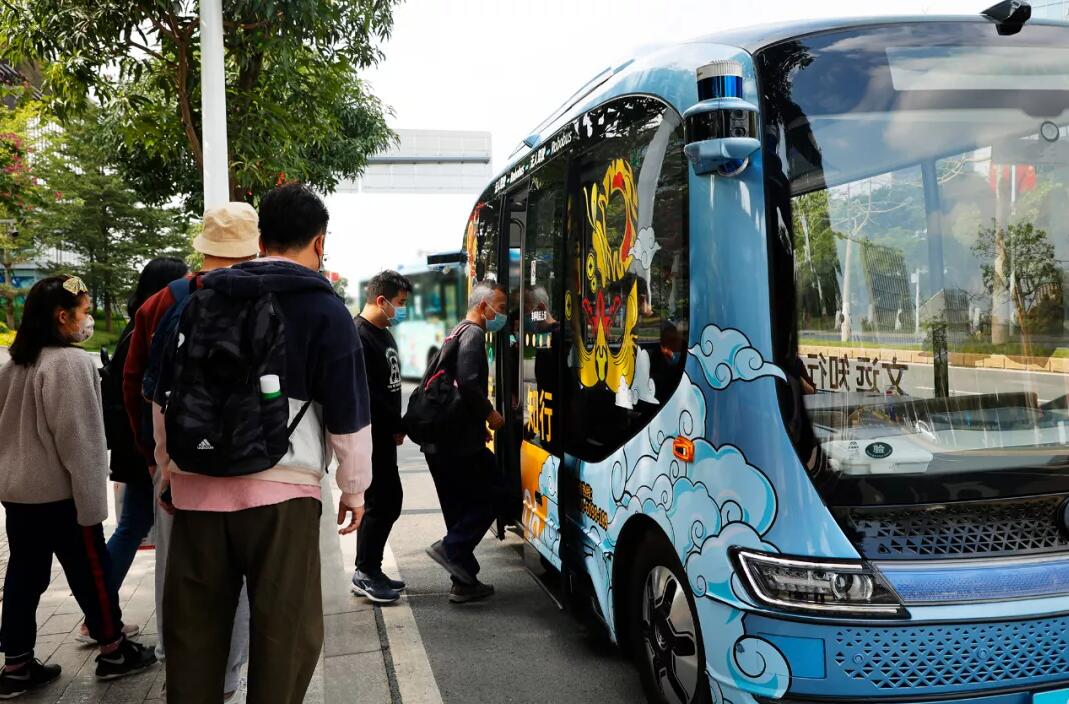WeRide puts self-driving buses without steering wheel or brake pedal into operation
These all-electric Robobuses have no steering wheel, accelerator pedal or brake pedal and operate seven days a week.

(Image credit: WeRide)
Chinese self-driving startup WeRide announced today that it has put its first self-driving Robobuses into operation in Guangzhou, Guangdong province in southern China.
The vehicles, purely electric models built by WeRide and bus maker Zhengzhou Yutong Group, have no steering wheel, accelerator pedal or brake pedal, according to the company.
Their operating area is Guangzhou International Bio Island, a river island at the southeastern tip of Guangzhou that covers about 1.83 square kilometers.
These vehicles do not travel at high speeds, with a maximum speed of just 40 kilometers per hour.

WeRide has opened two operating routes in the first phase, running from 8 am to 10 pm Monday to Friday and 9 am to 6 pm on Saturday and Sunday.
During the initial period of operation, volunteers will be on board to help first-time riders get acquainted with the vehicle's operating mode. Passengers can currently ride these vehicles for free.
WeRide remotely monitors the vehicle in real-time, and in the event of an emergency, passengers can stop the vehicle with an emergency brake button.

Founded in 2017 and with global headquarters in Guangzhou, WeRide is a smart mobility company with L4 level autonomous driving technology.
In November 2019, WeRide launched China's first fully open Robotaxi operation service in Guangzhou, covering hundreds of square kilometers of core urban open roads in Huangpu District and Guangzhou Development Zone.
The company has been conducting regular autonomous driving tests in Wuhan since October 2020, covering 106 km of local open roads.
On October 16, 2021, WeRide unveiled its next-generation self-driving sensor suite with a lightweight design that allows for a significant reduction in both weight and size compared to its predecessor.
The product, WeRide Sensor Suite 4.0, is one-sixth the size of version 3.0 and occupies less than 0.4 square meters of the roof of the car, according to the company.
Chinese auto giant Guangzhou Automobile Group announced Tuesday, December 14, that it will invest $30 million in WeRide through its subsidiary.
The two will work together to advance the development and manufacturing of mass-produced Robotaxi models and gradually build up a fleet of tens of thousands of Robotaxi vehicles over the next few years, GAC said, adding that the fleet will be centered on the Guangdong, Hong Kong and Macau Bay Area and will enter other regions of China in the future.
GAC and WeRide will work together to build a comprehensive Robotaxi network covering technology, products to commercialization to enhance their core competencies in the field, according to a statement.
WeRide said in a press release today that it will develop both Robotaxi and Robobus services to drive smart mobility in cities.
WeRide shows its self-driving capabilities in heavy rain and during rush hour

